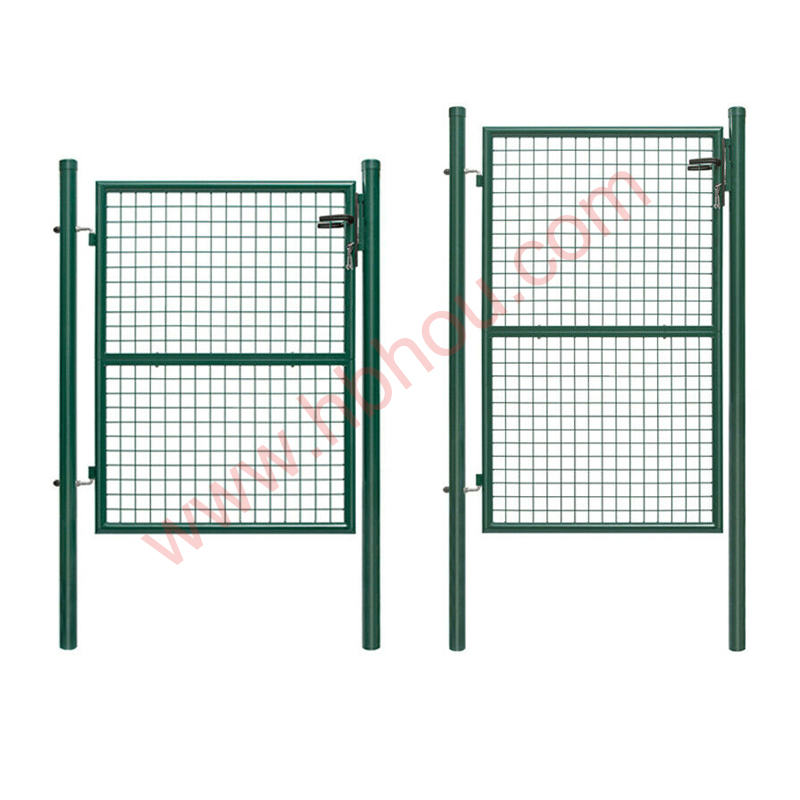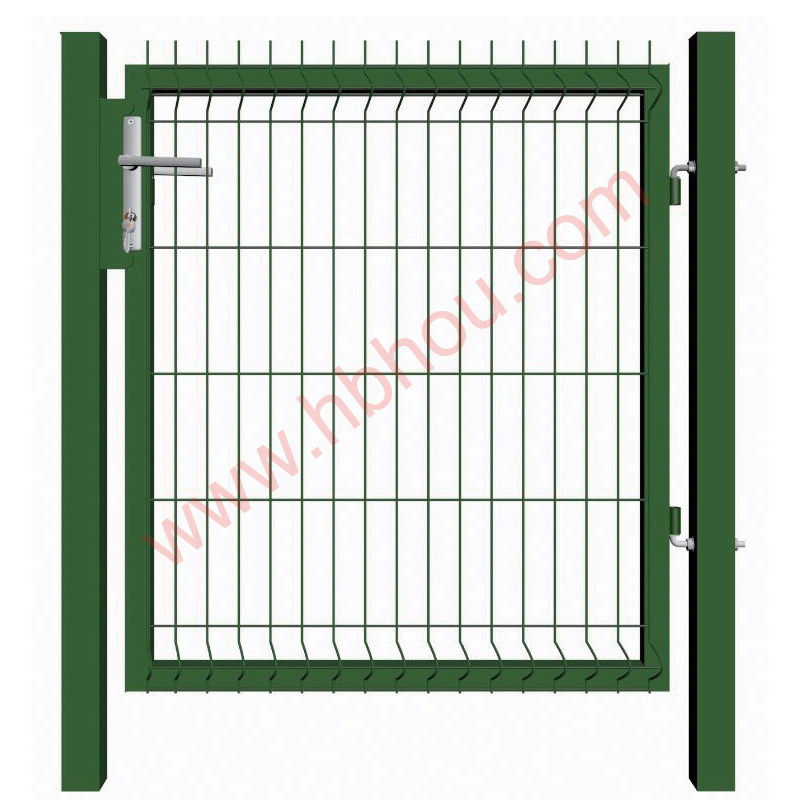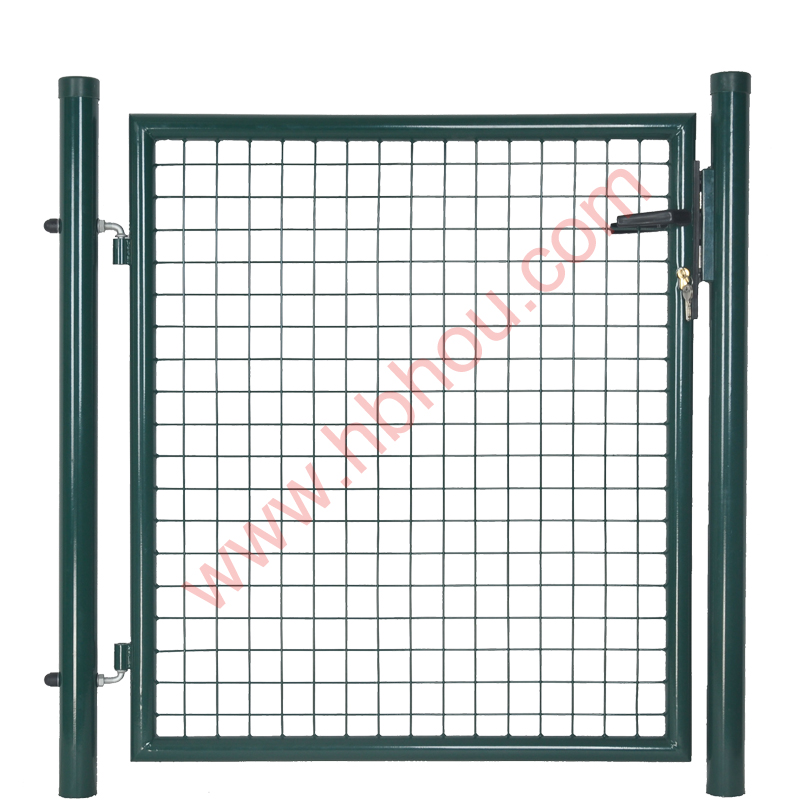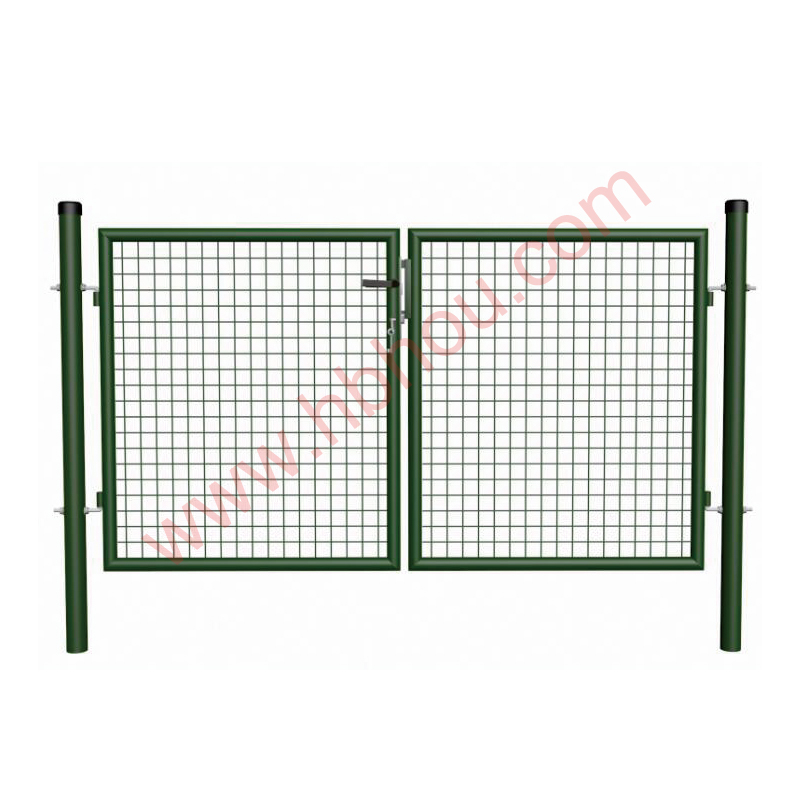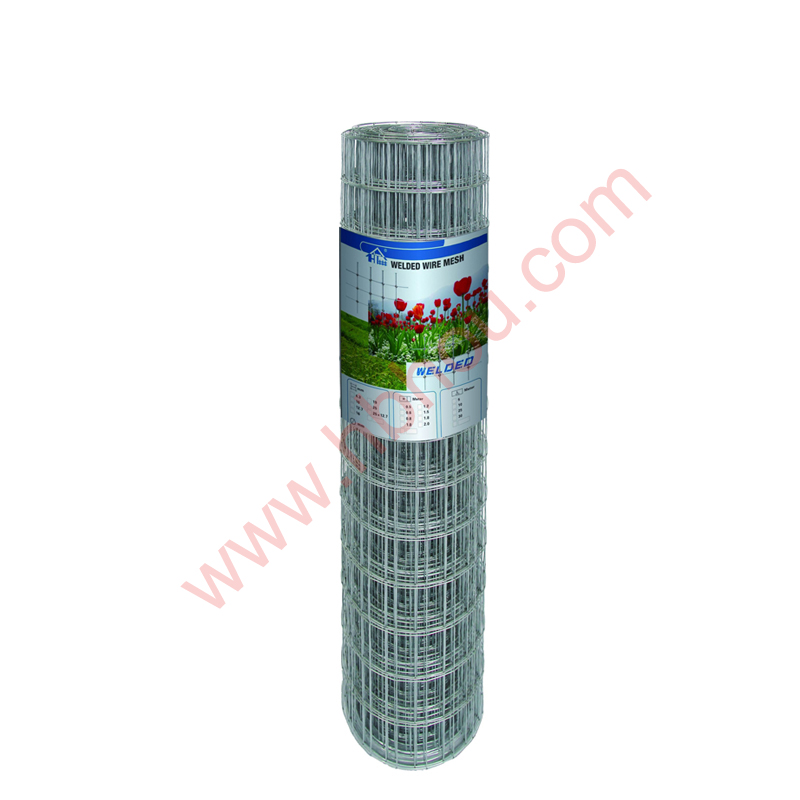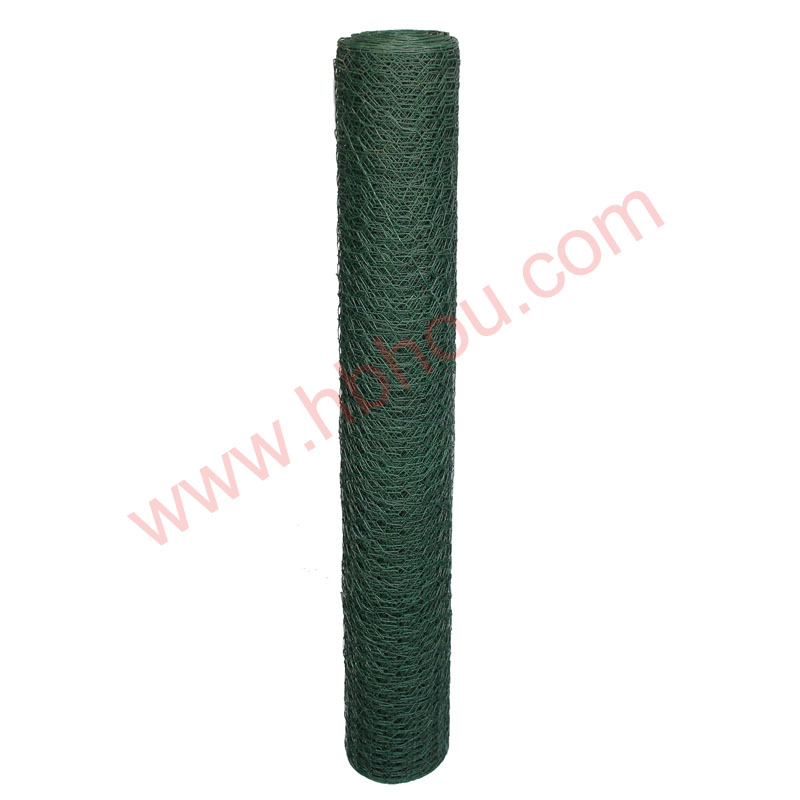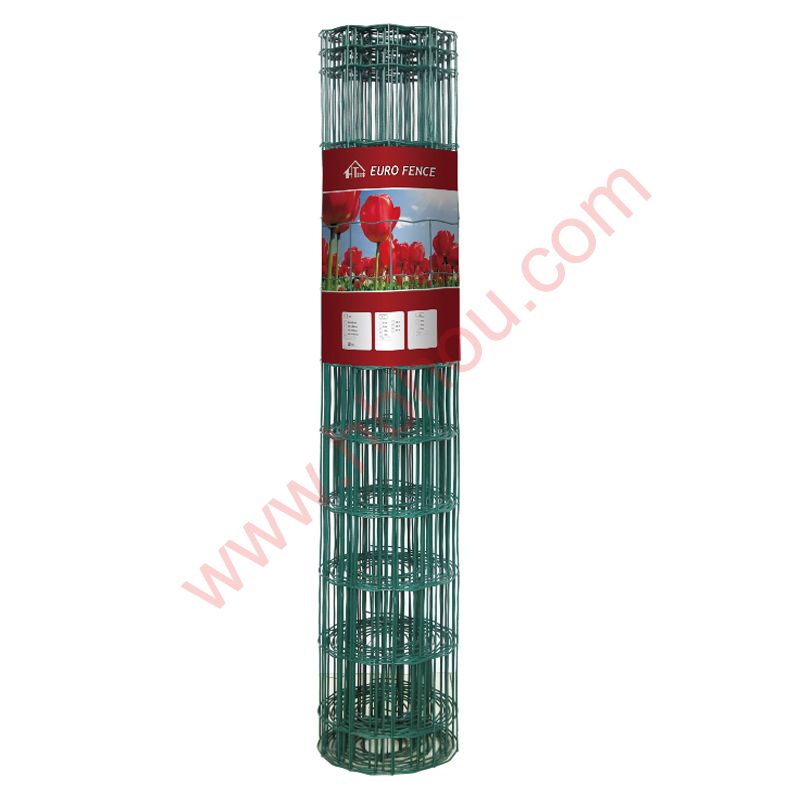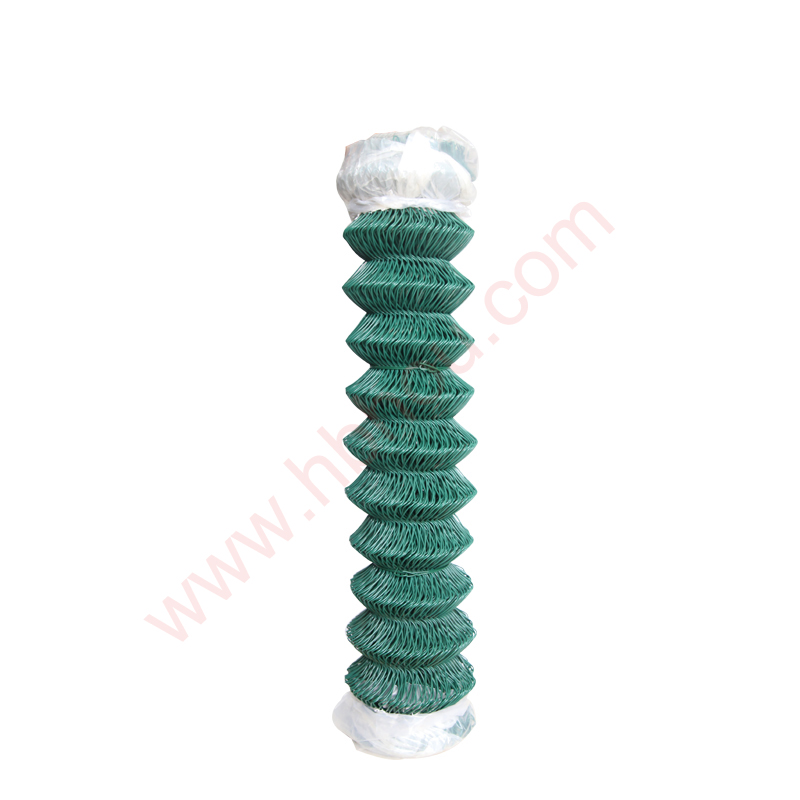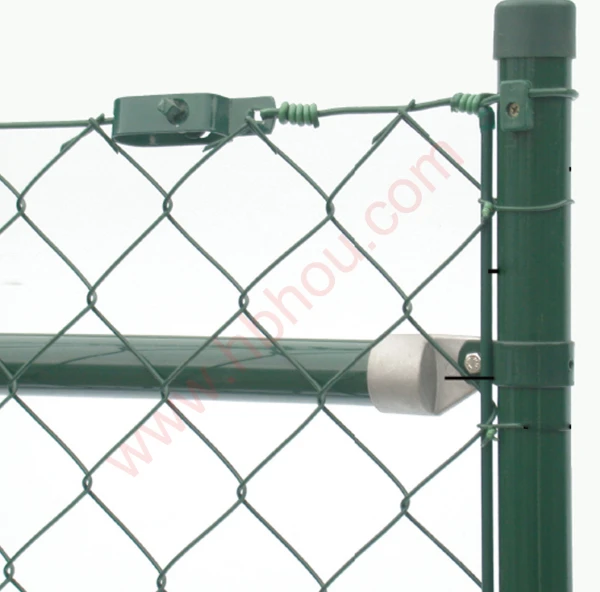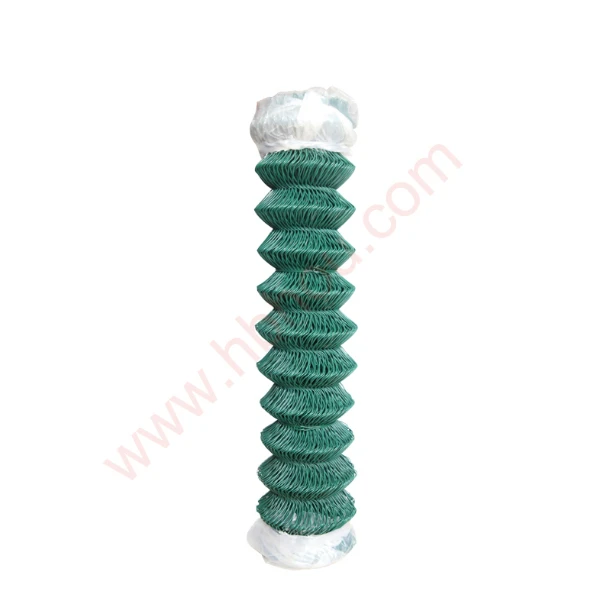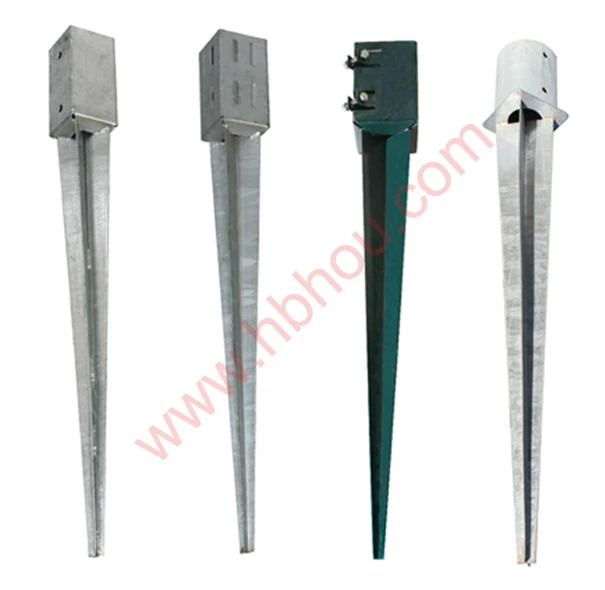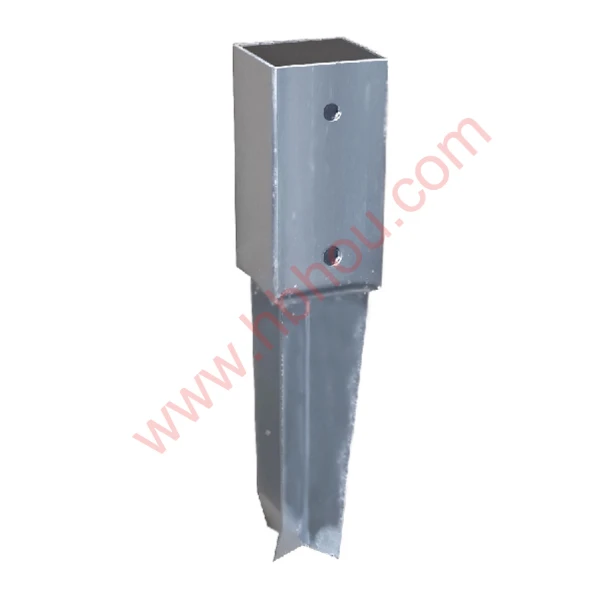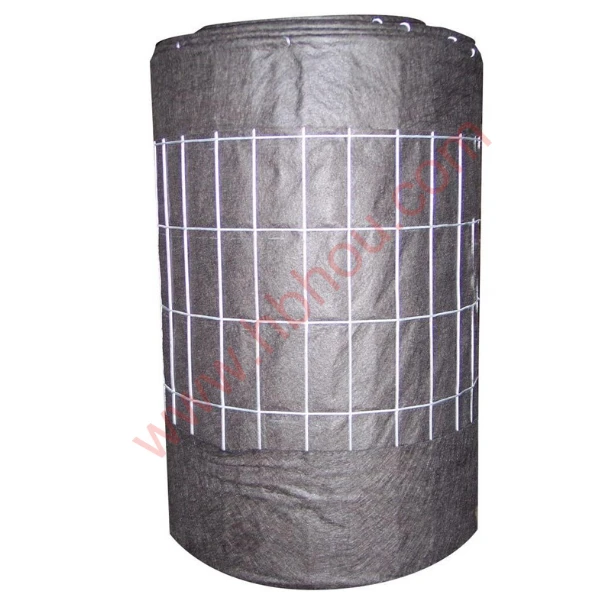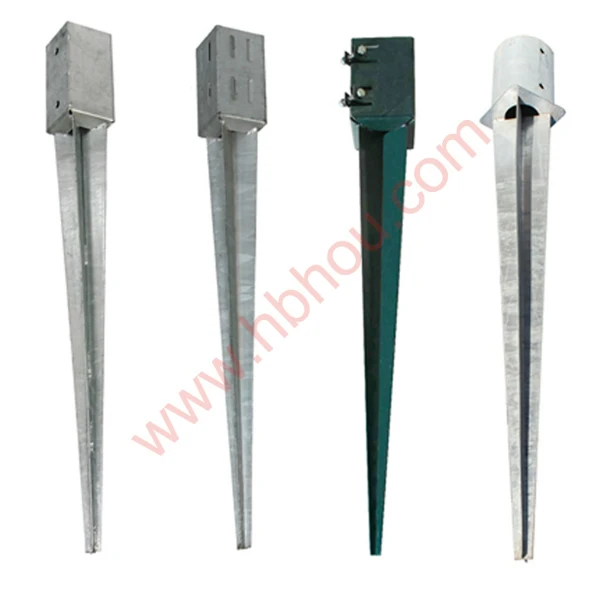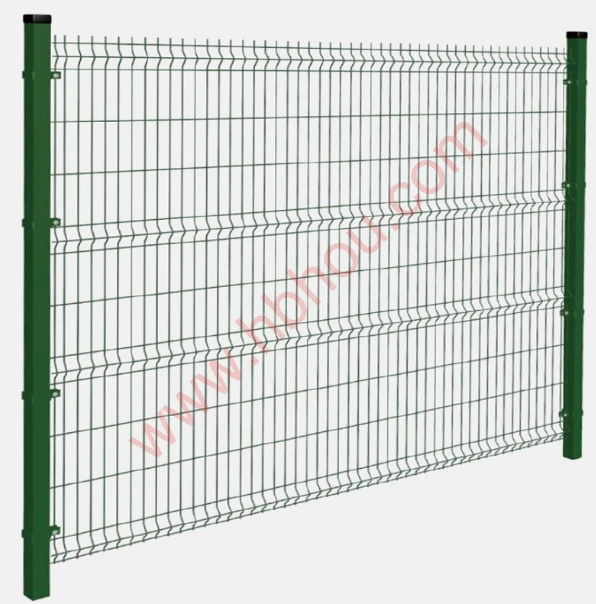Understanding Chain Link Fence Post Anchors
When installing a chain link fence, one of the most crucial components to consider is the post anchoring system. Post anchors are essential to ensuring that the fence is stable, durable, and able to withstand various environmental conditions. This article explores the different types of chain link fence post anchors, their importance, installation methods, and best practices.
Types of Chain Link Fence Post Anchors
1. Concrete Anchors These are the most common type of anchors used for chain link fences. The posts are set in concrete footings, providing a solid base that keeps the fence stable. Concrete anchors are particularly beneficial for areas with high winds or loose soil, as they prevent the posts from shifting or leaning over time.
2. Metal Post Anchors For a quicker and less labor-intensive installation, metal post anchors can be used. These anchors consist of a steel bracket that is driven into the ground. Once in place, the chain link fence post is inserted into the bracket and secured. While metal anchors are not as sturdy as concrete, they can be effective in stable soil conditions.
3. Auger Anchors Auger anchors resemble large screws and are drilled into the ground. They are suitable for rocky or uneven terrains where traditional post anchors would be less effective. Auger anchors provide excellent holding power and can be a great choice for areas prone to soil movement.
Importance of Proper Anchoring
Proper anchoring is vital for several reasons
- Stability A well-anchored fence will maintain its structure and alignment over time, reducing the risk of leaning or collapsing. - Longevity By preventing movement and wear, quality anchors can significantly extend the lifespan of the fence, saving you money in repairs and replacements.
- Aesthetic Appeal A stable fence looks better and appeals more to property owners and visitors. A slanted or misaligned fence can detract from the property's overall appearance and may even decrease its value.
Installation Methods
chain link fence post anchors
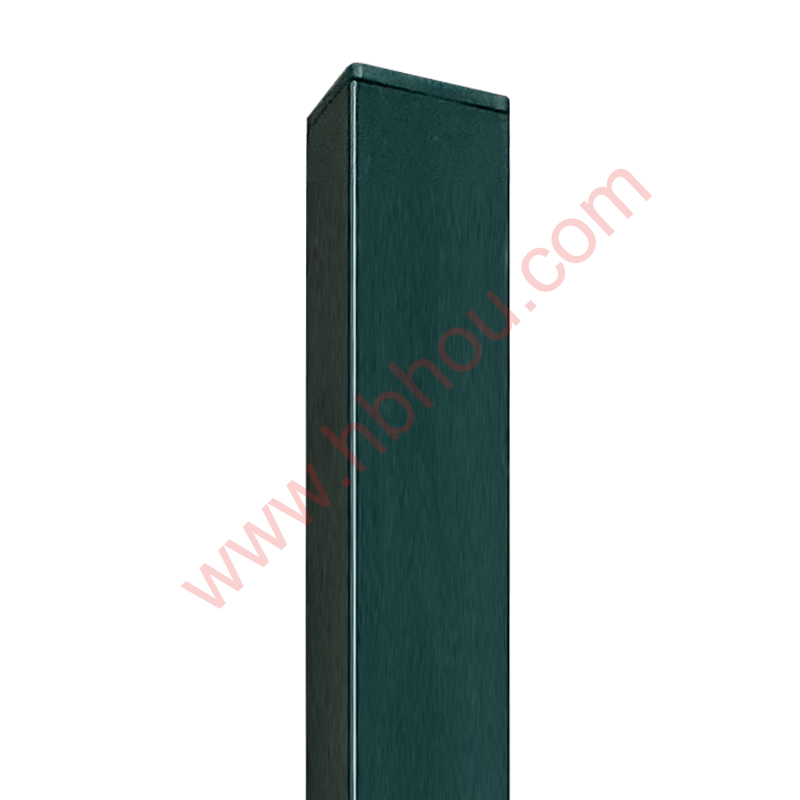
The installation of chain link fence post anchors requires careful planning and execution. Here’s a general overview of the steps involved in the process
1. Planning Before installation, it is crucial to measure the fence layout and determine where each post will go. Mark these spots clearly.
2. Digging Holes For concrete anchors, dig holes suitable for the size of the posts and at least 2-3 feet deep. Ensure that the holes are wide enough to accommodate the concrete once poured. If using metal or auger anchors, follow the specific guidelines for the required depth and positioning.
3. Setting Posts Place the posts in their designated holes. For concrete anchors, mix and pour concrete into the hole around the post, ensuring it is level and plumb. For metal anchors, insert the posts into the brackets and secure them firmly.
4. Finishing Touches Allow concrete to cure properly before attaching the chain link fabric. This will ensure that posts are securely anchored.
Best Practices
- Check Local Regulations Always check local building codes and regulations regarding fence installation.
- Use Quality Materials Invest in high-quality posts and anchors to ensure longevity and stability.
- Consider Soil Conditions Assess the soil type where the fence will be installed; this will guide your choice of anchoring system.
In conclusion, selecting the right chain link fence post anchors and ensuring proper installation is vital for a successful fencing project. By understanding the types of anchors available, their importance, and installation techniques, you can create a sturdy and appealing fence that stands the test of time. Proper planning will not only save physical labor but also financial resources in the long run, ensuring a secure and beautiful boundary around your property.

